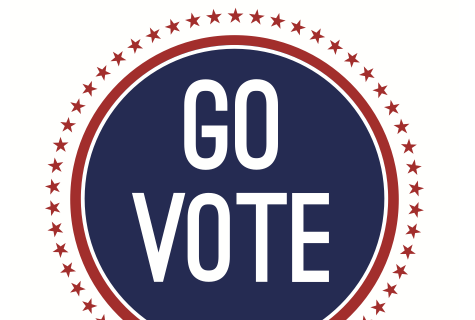
On Election Day, University of Miami students contributed to a research project on voting lines and the habits of voters. The project, Voting Lines Research Project, aims to reveal trends in voting.
The project is a joint effort between Michael Herron, Ph.D. of the Department of Government at Dartmouth College and Daniel Smith, Ph.D. of the Department of Political Science at the University of Florida.
Its goal is to determine when people come to vote, what transportation is used to get to the polls, whether or not voters come in groups, how long the voting process takes and whether or not correlations exist between the mentioned statistical information and voter demographics, such as age and ethnicity.
“We aim to understand the conditions under which lines form,” Herron said.
According to Herron, they chose Miami-Dade county for the study in order to reach a “heterogeneous” mixture of voters. Miami-Dade is known for its diversity, home to a wide variety of ethnicities, socioeconomic statuses, age groups and educational backgrounds.
Smith said that this made the location ideal for study.
“Miami-Dade is a nice melting pot,” Smith said. “We think of it as a microcosm of the United States, and we want to generalize our study to the whole country.”
Ten precincts within Miami-Dade were chosen to host the study. Locations included the BankUnited Center, polling places in Hialeah and areas farther south. Some have a history of problems with long lines, while others do not.
The project was carried out by about 40 students from Florida colleges including UM, University of Florida and Florida International University.
To reach students at UM, Herron contacted professors from the Department of Political Science like Gregory Koger, Ph.D.
“I let him speak to my Political Parties class,” Koger said. “From there, he recruited a few students.”
Herron appreciated the efforts of UM students on his research team.
“It’s been great having UM students help us out,” he said.
Information from the study was gathered by observation only. Team members in orange shirts stood 100 feet away from polling entrances, in accordance with Florida state law. They distributed wooden chips on which voters recorded the exact time they received their ballots.
After voting, voters returned the chip and completed an exit survey. The survey sought information about demographics and any difficulties voters encountered while casting their ballots, but did not include questions about personal voting choices.
Supervisor of Elections Penelope Townsley allowed Herron and Smith to conduct their research in Miami-Dade. She was aware of their previous research on the 2012 elections, “Souls to the Polls: Early Voting in Florida in the Shadow of House Bill 1355” and supported their efforts this year to “research on the ground” and observe election trends in more detail.
“She was very gracious in granting us permission to conduct our research here,” Herron said of Townsley’s support.
For students who participated in the study, legal rights as a research participant can be found by calling University of Florida Institutional Review Board at 352-392-0433 or the Office of the Committee for the Protection of Human Subjects at Dartmouth College at 603-646-6482.





